Rising Awareness of Wound Care
There is a growing awareness of the importance of effective wound care among healthcare professionals and patients in South Korea. Educational campaigns and training programs are being implemented to inform stakeholders about the latest advancements in wound management. This heightened awareness is leading to increased demand for specialized wound care products and services. The wound care market is benefiting from this trend, as healthcare providers seek to adopt best practices in wound management. Furthermore, as patients become more informed about their treatment options, they are more likely to advocate for advanced wound care solutions, thereby driving market growth. This shift in awareness is expected to have a lasting impact on the wound care landscape.
Government Initiatives and Funding
Government support and funding for wound care initiatives are vital drivers for the wound care market in South Korea. The Ministry of Health and Welfare has been actively promoting programs aimed at improving wound care management, particularly for the elderly population. Increased funding for research and development in wound care technologies is also evident, with the government allocating substantial resources to enhance healthcare infrastructure. This support not only fosters innovation within the wound care market but also encourages collaboration between public and private sectors. As a result, the market is likely to experience accelerated growth, driven by enhanced product offerings and improved access to advanced wound care solutions.
Aging Population and Healthcare Demand
The demographic shift towards an aging population in South Korea is a significant driver for the wound care market. As the proportion of elderly individuals increases, so does the incidence of age-related wounds and conditions. This demographic trend is expected to create a higher demand for wound care products and services tailored to the needs of older patients. The wound care market is likely to expand as healthcare providers adapt to this growing need, focusing on developing products that cater specifically to the elderly. Additionally, the increased burden on healthcare systems to manage chronic wounds among this population may lead to greater investment in wound care solutions, further propelling market growth.
Increasing Incidence of Chronic Wounds
The rising prevalence of chronic wounds in South Korea is a critical driver for the wound care market. Factors such as an aging population, which is projected to reach 20% by 2025, contribute to this trend. Chronic conditions like diabetes and venous ulcers are becoming more common, necessitating advanced wound care solutions. The wound care market is responding to this demand by developing specialized products that cater to the unique needs of chronic wound management. As healthcare providers focus on improving patient outcomes, the market is likely to see a surge in innovative therapies and dressings designed specifically for chronic wounds. This shift not only enhances patient care but also drives market growth, as healthcare systems allocate more resources to manage these complex cases.
Technological Advancements in Wound Care
Technological innovations are transforming the wound care market in South Korea. The introduction of advanced materials and smart dressings that promote faster healing is gaining traction. For instance, hydrocolloid and alginate dressings are increasingly utilized due to their superior moisture-retentive properties. Moreover, the integration of telemedicine and mobile health applications is enhancing patient monitoring and care delivery. The wound care market is witnessing a shift towards more personalized treatment options, which could potentially improve healing rates and reduce healthcare costs. As these technologies become more accessible, they are expected to play a pivotal role in shaping the future of wound management, making it a significant driver of market growth.


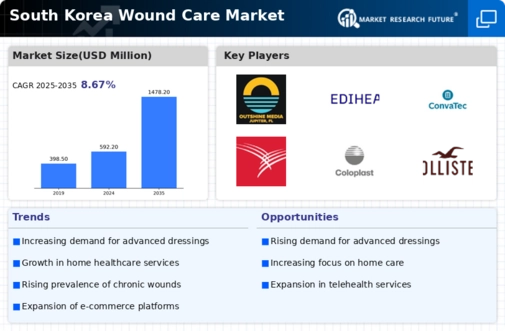


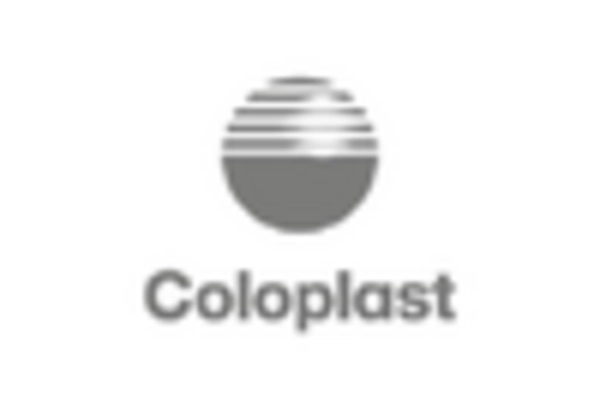
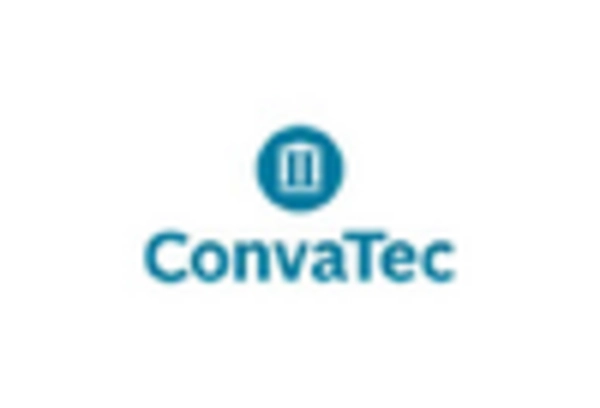
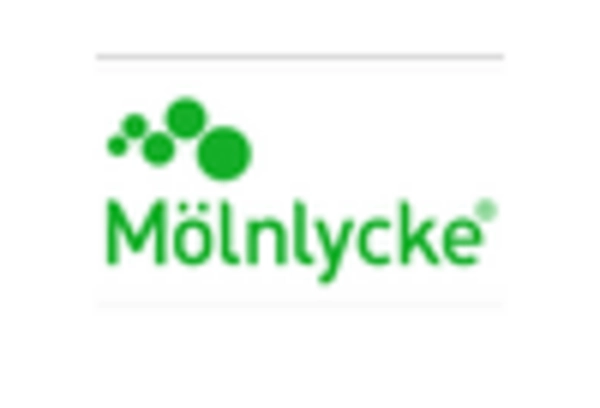
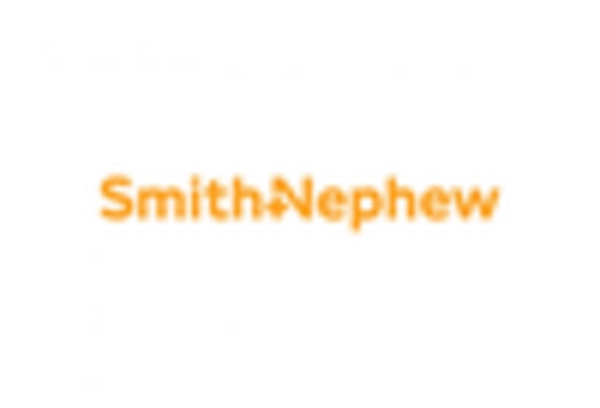








Leave a Comment